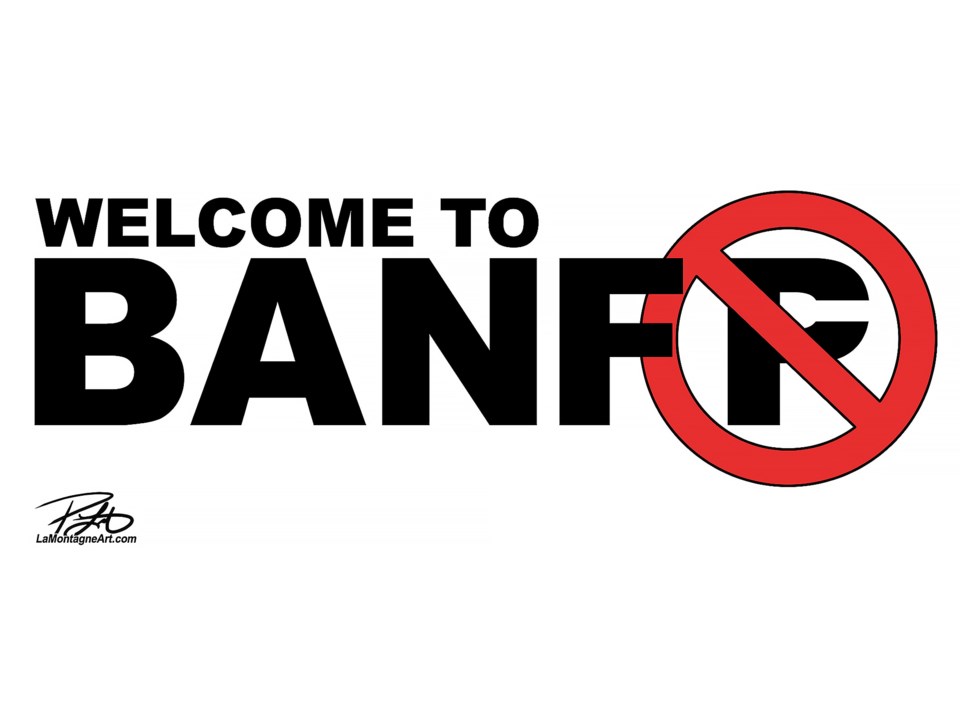The definition of insanity can be said to be doing the same thing over and over and expecting different results.
For more than 30 years, the idea of intercept parking has been pitched by the Town of Banff and for more than 30 years Parks Canada has said no.
The idea of more intercept parking has been eagerly explored since the Town was incorporated in 1990, but the same answer has always come back the same.
The Town has been a long supporter of a mode shift away from vehicles as it has promoted pedestrianization initiatives, been a key member of Roam transit and pushed infrastructure to support cyclists.
The Town will now spend $30,000 to hire a consultant to look at municipal land that could be offered as a swap to Parks Canada. The idea would see Banff find land in a more environmentally sensitive area close to a wildlife corridor and in exchange, the Town would get land to build parking infrastructure.
The obvious choice is to the east – where people enter one of the two ways in and out of Banff in a vehicle – and it lacks a large parking lot. The Town previously looked at Elk Woods, which sits outside the Town’s federally legislated boundaries, for more than 500 spots.
Parking in the mountain community may be at the crux of the issue, but Parks Canada and federal legislation has shown no will to explore the idea. The newly released Banff Management Plan further outlines the need to have “respect for the inherent value of unimpaired natural landscapes and ecosystem processes.”
The Parks Canada charter – the guiding document for the agency managing 47 national parks and nearly 200 national historic sites – outlines the mandate of the agency is to “protect and present nationally significant examples of Canada’s natural and cultural heritage, and foster public understanding, appreciation and enjoyment in ways that ensure the ecological and commemorative integrity of these places for present and future generations.”
While more parking may help alleviate pressures on the Town, Parks Canada has no interest in paving over paradise.
Parks Canada’s recent move of closing off personal vehicle traffic to Moraine Lake Road is another example of the direction of the federal agency. The move to close a portion of the Bow Valley Parkway to personal vehicles is another example of its direction, particularly when it comes to supporting wildlife.
While the Town of Banff is hellbent on adding another intercept lot in the east end of the community, the expert panel on moving people sustainably in the national park isn’t entirely clear if its recommendations for intercept parking is for both Mount Norquay Road or east along Banff Avenue, or just one.
With the train station lot already existing it’s ultimately up to Parks Canada to decide what best fits its mandate.
A new intercept lot – or mobility hub as it’s called in the expert panel’s report – isn’t coming to Banff.
It may be disappointing and frustrating, but it’s clear unless federal legislation is changed it’ll always be the answer.
What isn’t known, however, is what the answer to the issue will eventually be. For that to take place, all stakeholders will need to come to the table and begin to work on the solution.
Continuing to bring up long since rejected ideas is a waste of everyone’s time and energy.
What isn’t is developing a realistic strategy for a clear path forward.
The time to let go of one idea and work towards the next is now.




